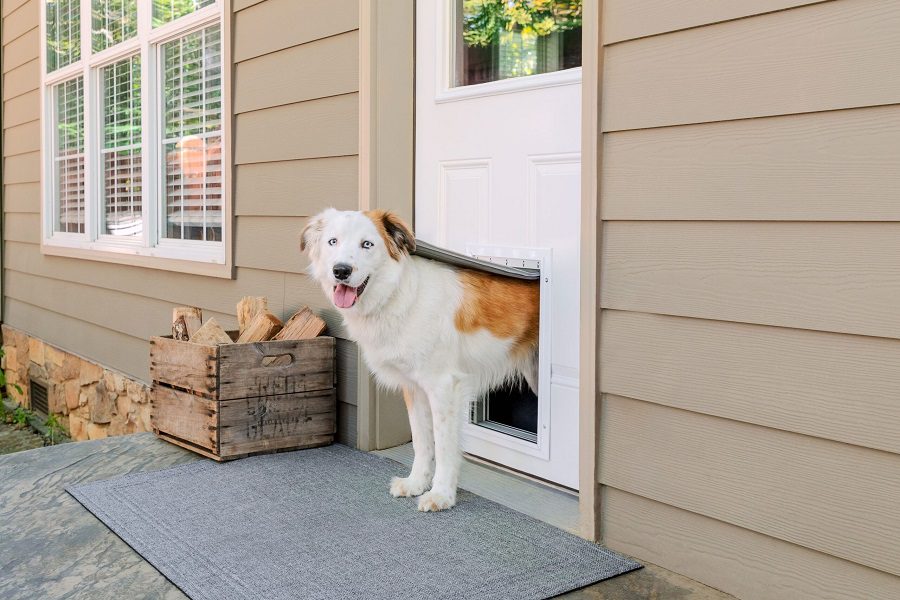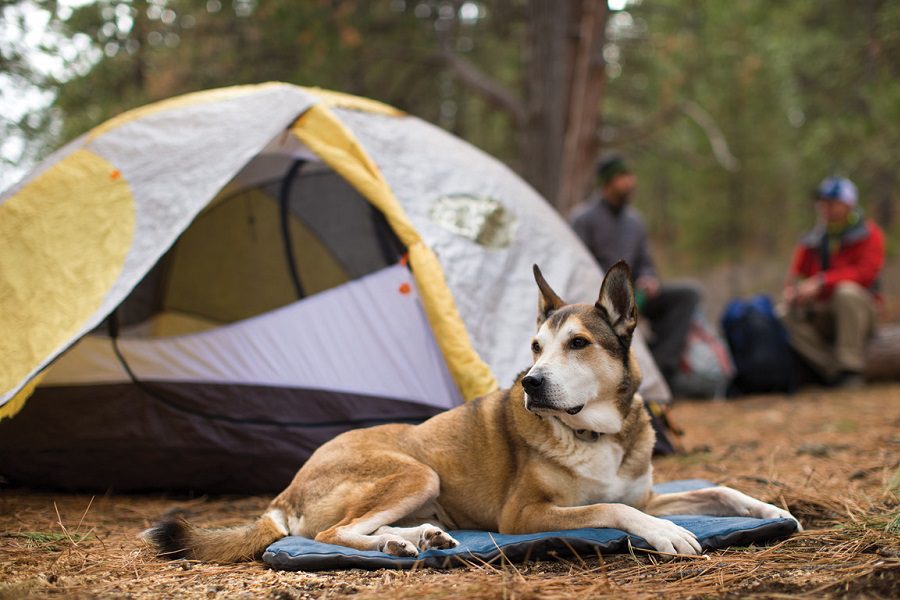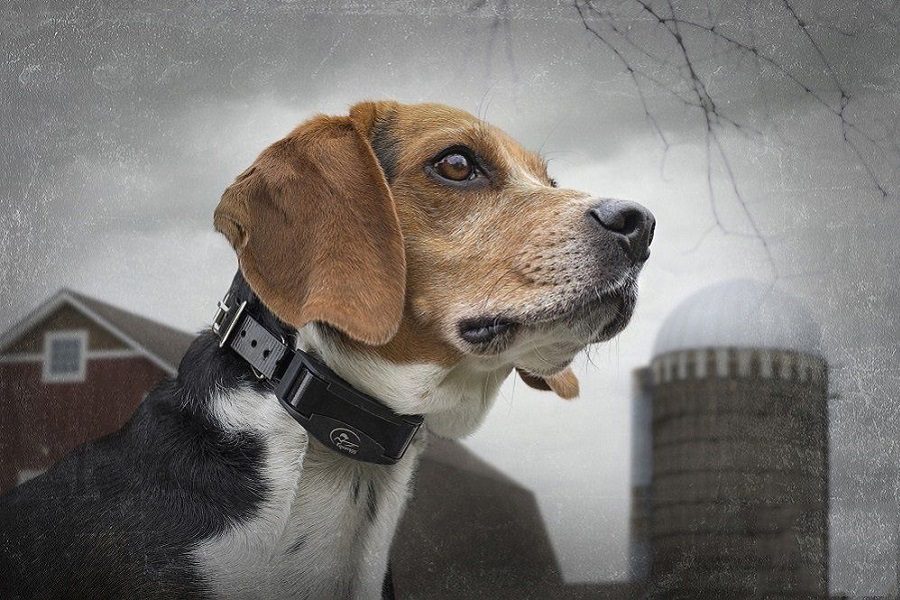Last Updated: 1 year ago
One of the most important aspects of being a dog owner is the fact that you’ll have to walk your dog.
Even if you have a backyard that is fenced in and allowed Fido to run around and play, you’ll still want to change the surroundings sometimes, especially if you are doing obedience training as well.
Leash training a dog isn’t easy but it is certainly doable. Most owners assume that they don’t need help teaching a dog to walk on a leash, but the truth is, owners who get some advice beforehand or get dog leash training tips like these are able to train much more effectively.
Training your dog to walk on a leash requires that you spend some time with your dog and that you leave frustrations at the door. Dogs are going to get distracted, they are going to pull the leash and exhibit other frustrating behaviors, particularly if you are leash training an older dog that has bad habits to break.
But leash training a dog can also be very rewarding. Training a dog on a leash will allow you to bond with your dog better, and develop a healthy relationship where you are the pack leader and your dog is the pack.
Types Of Dog Leashes & Advantages
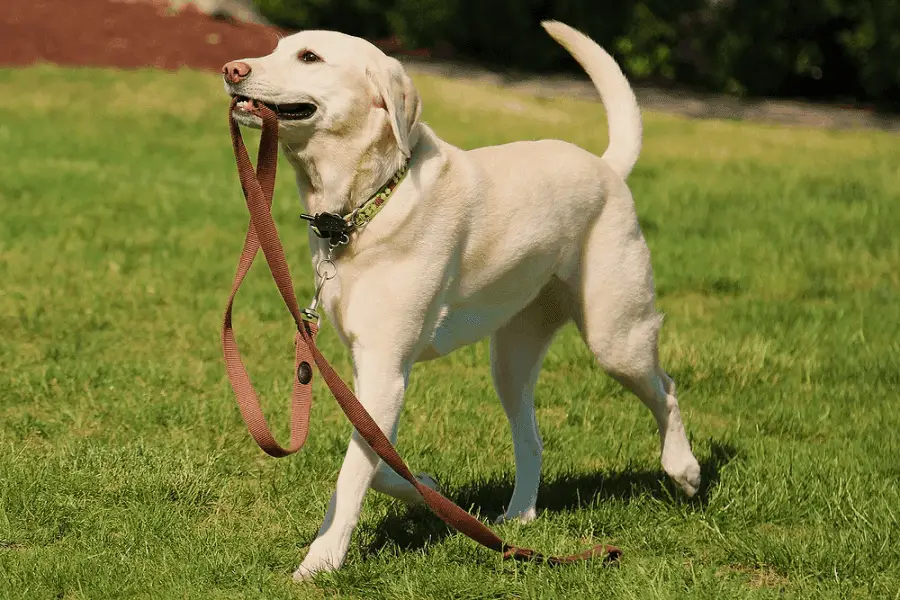
There are four basic types of leash out there. The first type is the leather leash. Leather leashes are great for dog training, particularly if you have a dog that pulls or jerks on the leash.
Leather doesn’t burn your hands when your dog pulls the leash through, but they are also quite a bit more expensive.
The synthetic leash on the other hand is very cheap and easy to find. Normally, these are made out of nylon but there are other materials sometimes used.
Nylon leashes do not feel good when being pulled through your hand though so you may want to avoid them for leash training unless your budget is particularly tight.
Another type of leash that you might need to use is the metal or chain leash. This is not a popular choice because they are heavy and difficult to use, but it might be necessary if you have a dog that continually chews through leather and nylon leashes.
Finally, the last type of leash is called the extendable leash. You have probably seen these before as they are quite popular.
The extendable leash is in a roll inside of a container that you hold onto and you can control the amount of leash with the flick of a switch. These are great for playing outdoors but they can sometimes teach your dog that it’s okay to pull at the leash.
10 Tips For Leash Training
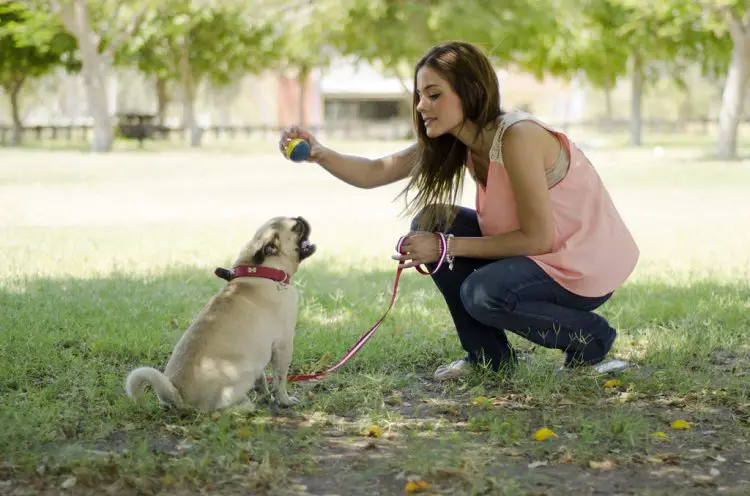
- The first step is to introduce your dog to the collar and leash. He is going to be resistant if you have never used the collar and leash before, and puppies are going to be especially rambunctious.
- Make sure that you get the right length of the leash for whatever you are doing. If you are taking your dog outside you probably want a longer leash than you are going to need for backyard walks and training
- Create a cue sound while your puppy is on the leash so that he will turn to you when he hears it. You do this by treating him when he turned towards the cue sound.
- Practice inside first. Your dog is going to be distracted by all of the noises and sights outside so it might be a good idea to practice inside at first.
- Make your dog come to you. If he pulls at the leash or has extended it all of the way, stand still and let him pull at it. Don’t try to pull him back, just don’t let go or give him any slack.
- Take your dog outside. Eventually, you are going to want to leash train outside because that’s where your walks are going to happen.
- If your dog lunges away from you, such as in the case of chasing a car, then you should offer him treats when he is not exhibiting that behavior. Punish bad behaviors by rewarding good ones and he will learn which ones he should be doing.
- If your dog continues to pull at the leash, simply stand perfectly still and don’t move and eventually, take up small amounts of slack until he is close to you. Remember, you need to treat him when there is slack on the leash so he knows what behavior gets rewards.
- If your dog barks, you can do the corrective training the same way. Simply give him treats when he isn’t barking and refuse to give treats when he barks. Eventually, he will learn to associate barking with negative emotions (i.e. no treats) and will stop doing it.
- Repeat as often as necessary. You are going to have to keep doing these training and reinforce the behaviors until your dog is deeply ingrained with them, and possibly even after that. Just like with humans, dogs will forget a behavior after a certain period of time and their natural instincts will take over.
My Recommendations
When it comes to what I recommend for leash training, there are a few products that I think would be useful for those looking to leash train their dog. The obvious things are leashes, but there are actually collars as well that can help with leash training.
In addition, I have included a couple of books that I think you will find useful for leash training, particularly if you are trying to train a puppy.
These books were written by trainers and dog behavioral experts and contain some of the best information that I have found for training a dog – not just on leash training but all kinds of obedience training.
Hopefully, you will find these items useful and you will have success at leash training your puppy or adult dog.

